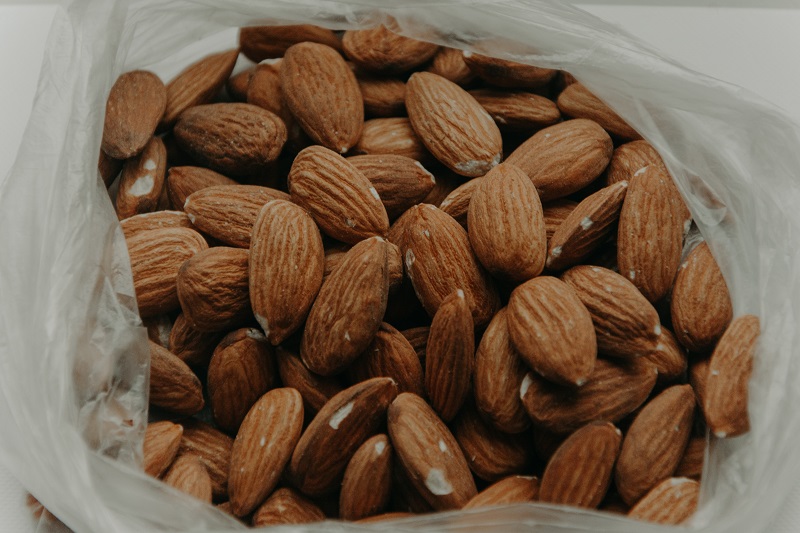Assessing And Managing Grapevine Freeze Injury
Grape growers in the Northeast and Midwest have been hit hard over the last two winters. Vines that were already weakened by the freezing temperatures in 2014 were hit again this year, with temperatures dipping as low as -30° F in some areas in Ohio, and -15° F and -20° F in parts of the Northeast.
Michela Centinari, assistant professor of viticulture at Penn State, says it’s not just freezing winter temperatures growers have to worry about. Any drastic fluctuation in temperature during the dormant season can weaken vines and make them more susceptible to freeze injury. “The grapevine can really lose hardiness quickly,” she says. Luckily, not too much temperature fluctuation was observed in the 2014-2015 winter, especially compared to the winter of 2013-2014.
After a hard freeze, a grower will want to assess vine damage to see how severe the injury is before pruning. “If they’re damaged, you want to leave more buds than normal,” Centinari says.
She also stresses the importance of making sure vines are as healthy as possible going into the dormant season, and that means ensuring they have sufficient carbohydrates, which promote cold hardiness. Growers will also want to be careful not to overcrop vines, and to cover the graft union with soil after harvest in the fall for insulation.
Managing healthy suckers is critical, too. After a hard winter, Centinari suggests training multiple new suckers from above the graft union. You don’t want to keep all of them, but don’t leave only two, because they’ll grow too much, she notes. “You don’t want extremely vigorous shoots, because those are not good for the new trunk,” she says.
Centinari says researchers are also looking into how crop level and when grapes are harvested might affect vine susceptibility to freeze injury, but more research needs to be done before any conclusions can be drawn.
Site Selection
For growers considering planting new acreage, Centinari stresses the importance of proper site selection. “It’s really important to look for a site that has good cold air drainage,” she says, adding that you should avoid planting on flat ground where buildings or other infrastructure might trap cold air. Instead, look for a sloping area, and collect historical temperature data for the site. Centinari recommends checking climate averages over the last several decades. “You really need to know the history of the site before planting,” she says.
Other site factors, such as soil quality, can also impact vines’ susceptibility to winter injury, Centinari adds. And, keep in mind which varieties you want to grow. “It’s a big investment, so you want to be sure that your site is good for the specific variety you want to plant,” she says. “If not, you have to look for other varieties that are more cold hardy.”
As for this year’s crop, the true impact of two consecutive harsh winters still remains to be seen. “I don’t know what to expect after bud break, because the vines were already weak from one cold winter,” Centinari says. “It’s going to be interesting from a research perspective.”










